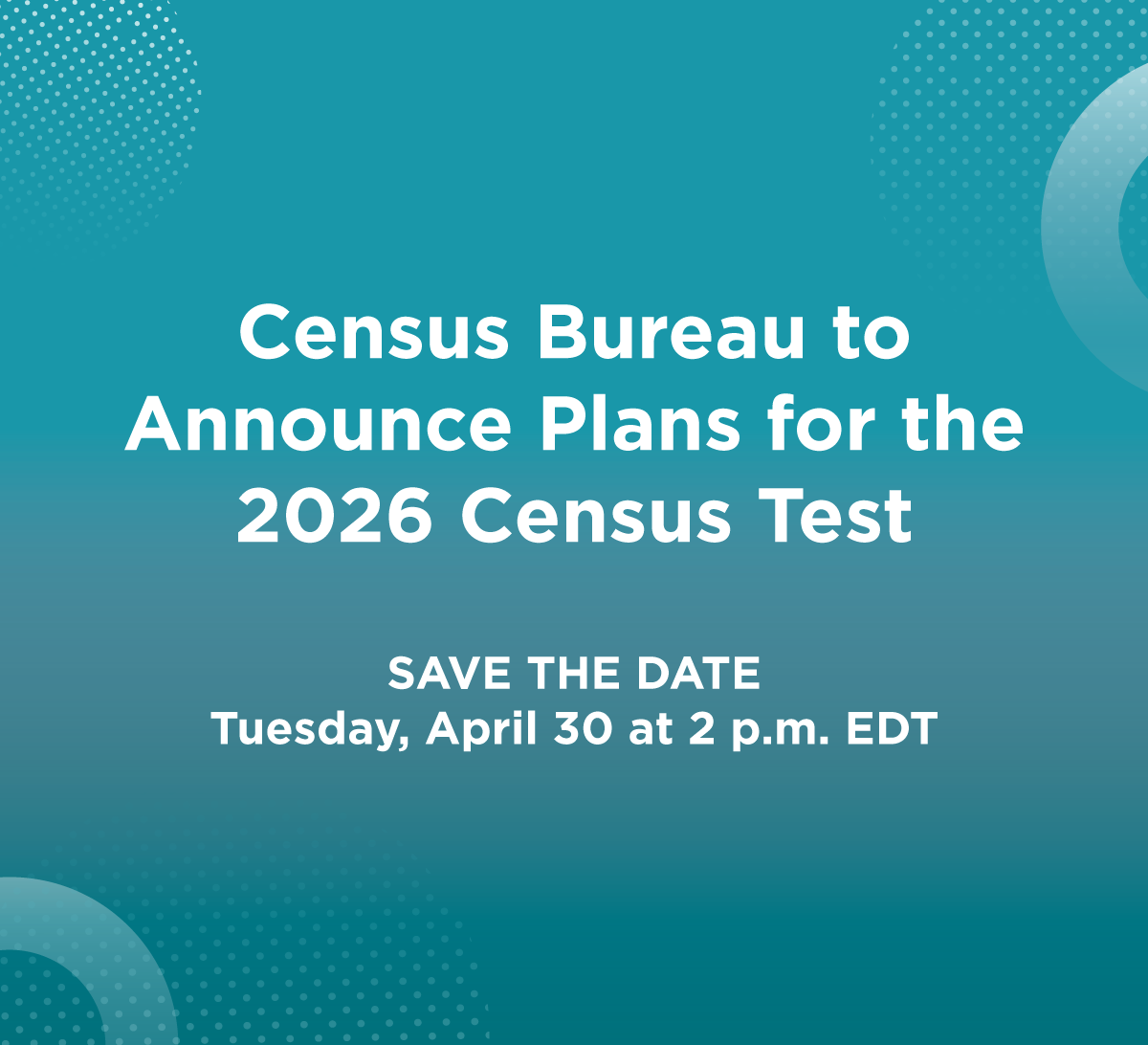
An official website of the United States government
Here’s how you know
Official websites use .gov
A .gov website belongs to an official government organization in the United States.
Secure .gov websites use HTTPS
A lock (
) or https:// means you’ve safely connected to the .gov website. Share sensitive information only on official, secure websites.
-
//
- Census.gov /
- Newsroom /
- News Releases /
- Postsecondary Enrollment Before, During and After the Great Recession
Postsecondary Enrollment Before, During and After the Great Recession
For Immediate Release: Tuesday, June 12, 2018
Postsecondary Enrollment Before, During and After the Great Recession
JUNE 12, 2018 — The Great Recession of 2007 to 2009 influenced significant changes in American postsecondary education, according to a new report by the U.S. Census Bureau.
The number of students enrolled in college in the United States increased from 2.4 million in 1955 to 19.1 million in 2015. From 2006 to 2011, total college enrollment grew by 3 million, contributing to the overall growth of postsecondary enrollment during the Great Recession period.
The Postsecondary Enrollment Before, During and Since the Great Recession report found that the enrollment boom created many changes that are still evident today.
- The recession saw a 33 percent increase in enrollment in two-year colleges from 2006 to 2011. In 2010, 29 percent of all students enrolled were in two-year colleges. By 2015, this share had fallen to 25 percent, below the prerecession average level of 26 percent. However, the number of students enrolled in two-year colleges was still 10 percent above the level in 2006.
- Compared to the prerecession period (2000 to 2007), male undergraduate enrollment was 18 percent higher postrecession (2012 to 2015). Female enrollment also grew, but only by 14 percent.
- Hispanic college enrollment experienced growth through the recession and beyond. The number of Hispanics enrolled in college increased by 1.5 million — an approximate doubling (184.0 percent) of the prerecession level. Before the recession, 13.2 percent of Hispanics ages 15 to 34 enrolled in undergraduate college, while 20.2 percent of Hispanics enrolled in college after the recession.
Overall enrollment levels fell after the recession from 19.8 million (2008 to 2011 recession period average), to 19.4 million (2012 to 2015 postrecession period average). Part of this was the result of students who had returned to college after being in the labor market or otherwise out of school. The number of college students in this category grew by 30 percent from 2006 to 2010, but by 2015, it had returned to a level that was not significantly different from the level of 2006.
School enrollment estimates come from the School Enrollment Supplement to the Current Population Survey, which is administered in October, and includes 20 questions on school enrollment and recent degree completion. The Current Population Survey has collected data on school enrollment since 1945.
No news release associated with this report. Tip Sheet only.
###
Share
Contact
Jewel Jordan
Public Information Office
301-763-3030
pio@census.gov
 Yes
Yes
 No
NoComments or suggestions?


Top

